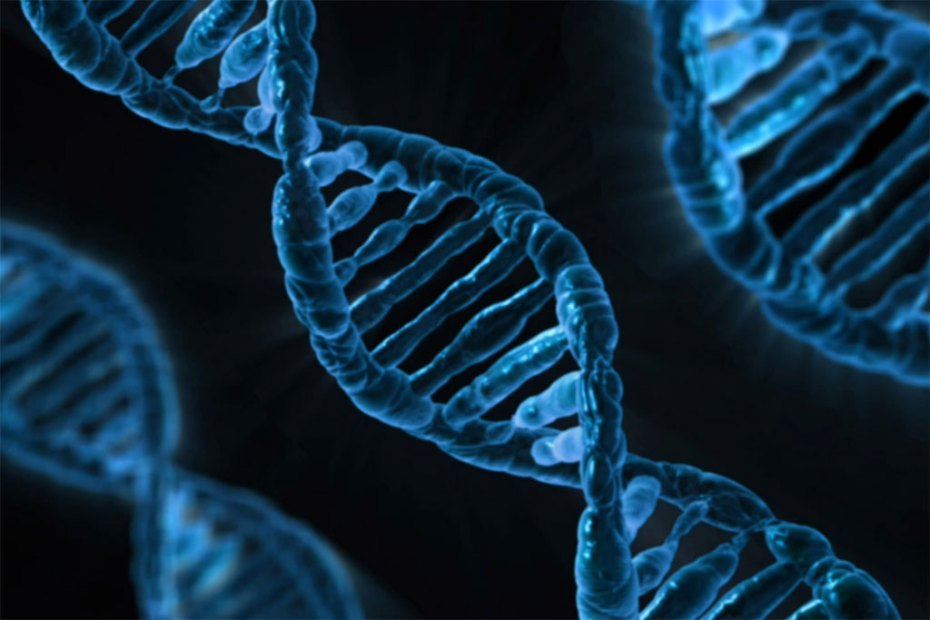London- Genetic studies open wide horizons for scientists to detect ties between genes and human growth, development, and diseases, as well as genes’ effects on the human tempers and behaviors.
In one of three separate studies published recently, British scientists found a “time genetic program” for brain growth, while US researchers in a second study analyzed genetic mutations, and indications that warn from rare diseases. Finally, researchers in sociology and genetics found that a human capacity of learning, as well as the beginnings of pregnancy in women, are not associated with the same genes found in different peoples.
Genetic activity in the brain
The first study conducted by researchers at the University of Edinburgh in Scotland and published in the journal «E Life» discovered a genetic program that controls the process of brain change during human life.
Scientists said this program controls the activation or suspension of genes inside the brain within different stages of human life, in order to enable the brain to perform its tasks and functions. They added that timings of processing in this system are so accurate, that researchers can determine the age of a human by looking at the type of active genes found in the brain tissue samples.
Scientists analyzed available data on measurements of gene activity in samples of brain tissues throughout human life, starting from the embryos phase to 78 years of age. They found that there is a strict time schedule for gene activity over life, and that the changes occurring in it reach its peak when a person hits middle age.
They added that the schedule is a bit late for women, which means that women’s brains grew slower than men. The largest gene reorganization occurs in the brain during the youth phase, reaching its highest level in the human’s 26th year.
Researchers also found that this time genetic program also exists in mice, but it changes more rapidly during their short lifetime. Professor Seth Grant, president of the University’s Genetics and Cognition Laboratory, and lead author of the study said: “This discovery of a genetic program in the brain opens a new route to understand behavior as well as brain diseases throughout the life span.”
Mutations of rare diseases
In the second study, researchers at Harvard University developed a method to identify genetic markers associated with rare diseases, after analyzing data on genes of some people who have common ambiguous symptoms.
The researchers, who published their findings in the journal “Cell Systems” concerned in cell research, said they carried out large-scale genetic analyzes to identify genetic distortions or mutations in a number of people, and compared them with genetic analyzes of people who don’t have these symptoms.
Despite that the study examined few people, and rare diseases in the United States are classified as diseases affecting less than one in 200,000 people, researchers have verified their hypothesis saying that a gene that looks active in an organ, may suffer from a genetic mutation that affect the health of that organ’s tissues.
For example, a genetic mutation in one of the heart’s active genes will most likely lead to heart disease. The scientists’ hypothesis has been verified in some organs, such as heart, brain, skin and muscles, but not in other organs, such as tissue of chest, thyroid, and stomach.
Isaac Kohane, co-director of the HMS Center for Biomedical Informatics at University’s School of Medicine, and lead author of the study, said: “Our findings confirm the importance of using large-scale data on genes to find patterns about gene activity in each organ, so that we can understand genetic mutations and their role.”
Learning and genes
The third study conducted by scientists from the University of Oxford found that the genes associated with learning and success in the education system, as well as the genes associated with women fertility, are not the same among all populations around the world. Yet, they are associated with the place and the era in which a human lives. In short, the capacity of learning and fertility is linked to the spatial and temporal environment.
Scientists often use the research practices adopted in current genetic studies to conduct other ones that link biological aspects of human life with genes; therefore, they isolate one gene and link it to its results or outcomes. For example, to study physical characteristics, the association would be clear between genes and human length, or the body mass index, which refers to thinness or obesity.
The identification of the link between genes and human behavior, however, seems much more difficult compared with the effects of external factors on that behavior. Researchers from the University of Oxford, Department of Sociology with researchers from other institutes at the university have collected genetic data for 35,062 men and women from different eras and six countries: Australia, Estonia, the Netherlands, Sweden, Britain and the United States.
In the study published in the journal “Nature Human Behavior”, researchers found that genes associated with different outcomes such as learning and fertility vary over time and from a geographical location to another.
This difference may be due to social conditions related to learning and pregnancy in women, in each country, at any given time, and according to the prevailing traditions.
Researchers found that 40 percent of the genetic effects on learning and on the time of fertility (pregnancy for the first time) were not clear, which means that they were hidden when studying the genetic data of those peoples.
Melinda Mills, a professor of sociology and the study lead author, said: “The study emphasizes the importance of raising new questions based on social and environmental facts. It shows that, when it comes to studying the characteristics of behavior, genetic influences highly depend on the surrounding social environment.”
